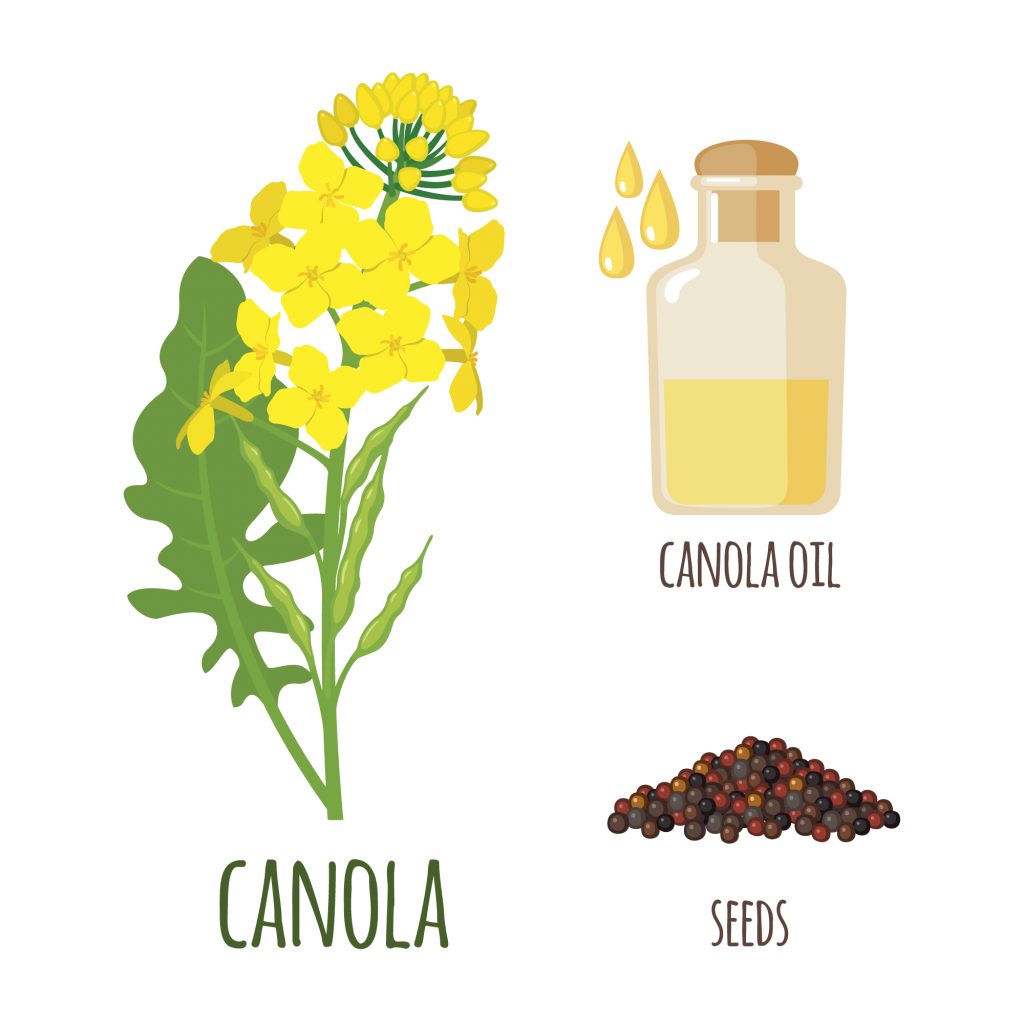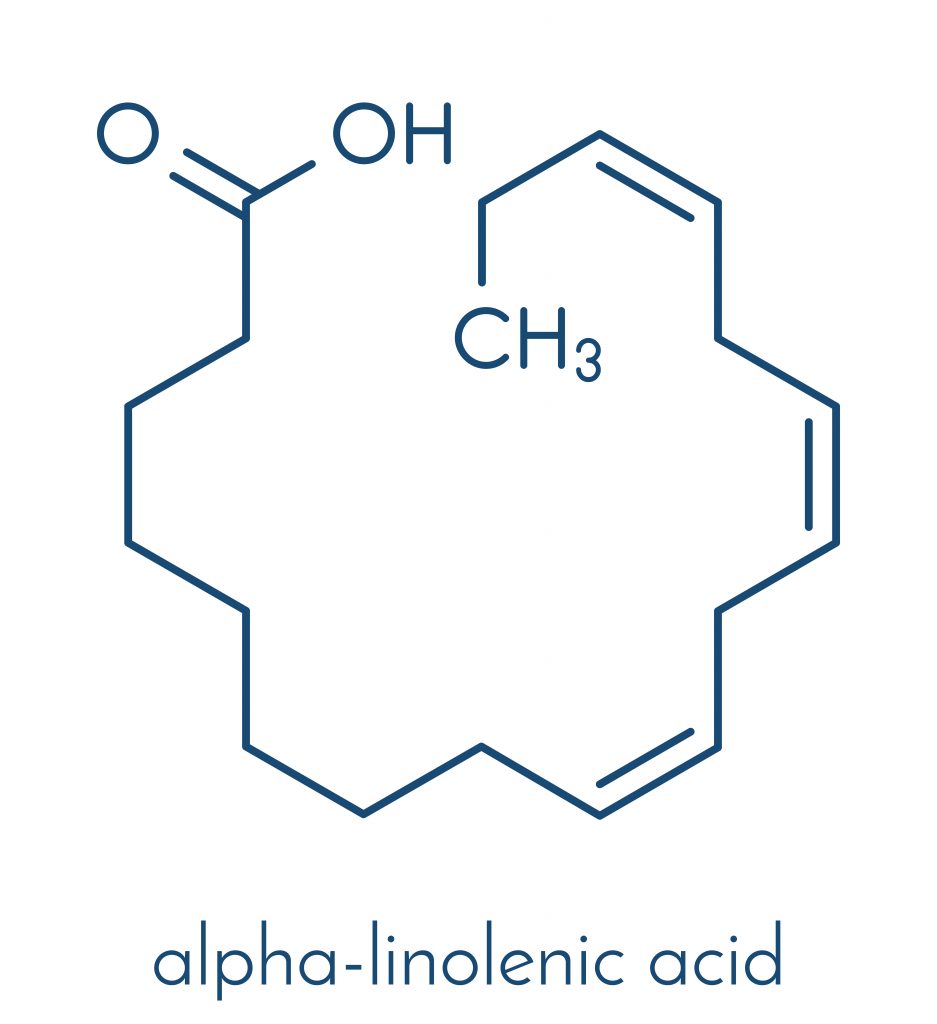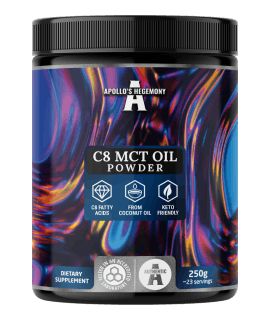Although rapeseed has an outer yellow colour, it has black seeds. One of the healthiest oils in the world is pressed from them. Unfortunately, rapeseed oil is not very appreciated by us. A pity, because it reduces the content of bad cholesterol and helps to preserve youth.
How rapeseed oil is produced?
To produce a litre of oil, you need up to 3 kg of this plant. Rapeseed oil does not enjoy the good reputation it deserves, and for ... historical reasons. Once grown, rapeseed contained erucic acid harmful to health, but for 20 years only non-edible varieties have been grown. In addition, improved oil is not a genetically modified variety! By the way, the composition of fats in rapeseed oil changed in favour of an increased amount of value for healthy oleic, linoleic and linolenic fatty acids.

Rapeseed oil - a source of unsaturated fatty acids
Vegetable fat, which is rapeseed oil, is needed in our diet because of the presence of necessary unsaturated fatty acids - linoleic (omega-6) and linolenic (omega-3). The body needs them for a good heart condition and circulatory system functioning, kidney function and skin condition. But he can’t make them. Therefore, we must take care to provide them with food. Rapeseed is among the best sources of these substances. But the proportion between them is equally important. The most desirable one is two parts of omega-6 to one part of omega-3. It is not easy to maintain this proportion, because we have an excess of omega-6 fatty acids in relation to omega-3. But the 2:1 acid ratio is just right in the rapeseed oil. In popular soybean oil, it is 7:1, infamous olive oil – 10:1, and in eagerly bought sunflower oil - up to 126:1 !. In this proportion, rapeseed oil dominates over all others, except linseed oil, which has more omega-3 than omega-6.

Hot or cold-pressed?
In stores, we have a choice of cold and hot-pressed oils. The latter are additionally refined, i.e. purified, during the production process. This is an important difference because cold-pressed oils should only be used without heat processing (for salads, sauces, etc.), while hot-pressed oils can be used for frying, cooking, baking, but also cold, for salads. This rule should be applied to all oils, including rapeseed oil.
Rapeseed oil contains valuable oleic acid
Rapeseed oil has another advantage of oleic acid. It reduces the content of bad cholesterol (LDL) and improves the ratio of good (HDL) to bad. As much as 62 per cent rapeseed oil is just monounsaturated oleic acid. In this case, olive oil is better, because it contains 75 per cent of this acid. Linseed oil has 23%, soybean - 37%, sunflower oil - 18%
Rapeseed oil has the least of all saturated fats
In every fat, apart from good ones, there are also saturated fats that increase the level of bad cholesterol. In this respect, rapeseed oil is the best, because it has the fewest of them (only 7%). Most of these fats are in coconut, palm and peanut oils. Olive (14%) and soybean oil (14.7%) have more saturated acids.
Vitamins in rapeseed oil
Refined rapeseed oil contains phytosterols (plant sterols) that help maintain good cholesterol levels and polyphenols that have antioxidant properties. For example, they have anti-cancer and longevity increasing properties. It also abounds in fat-soluble vitamins
Rapeseed oil is suitable for frying and salad sauces
Rapeseed oil can be used cold - for salad sauces instead of more expensive oil and for mayonnaise. It is also used for sweet pastries.
Due to a large number of monounsaturated acids, which have a high smoking temperature, it is suitable for frying but short. When we fry sea fish on it, we supply ourselves with omega-3 acids simultaneously from the two best sources - oil and fish. The dishes prepared on this oil absorb slightly less (about 10%).








